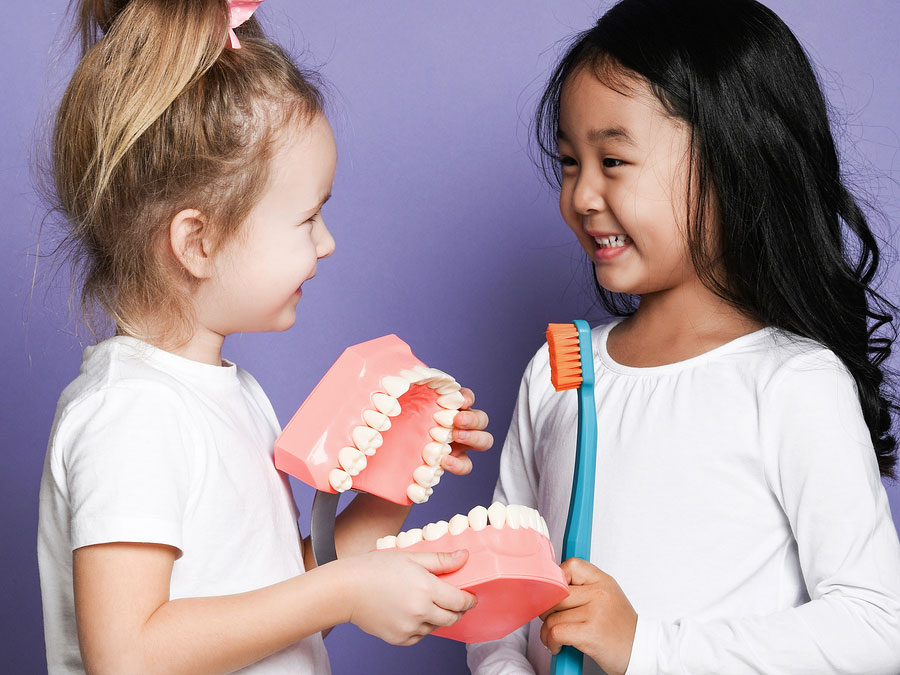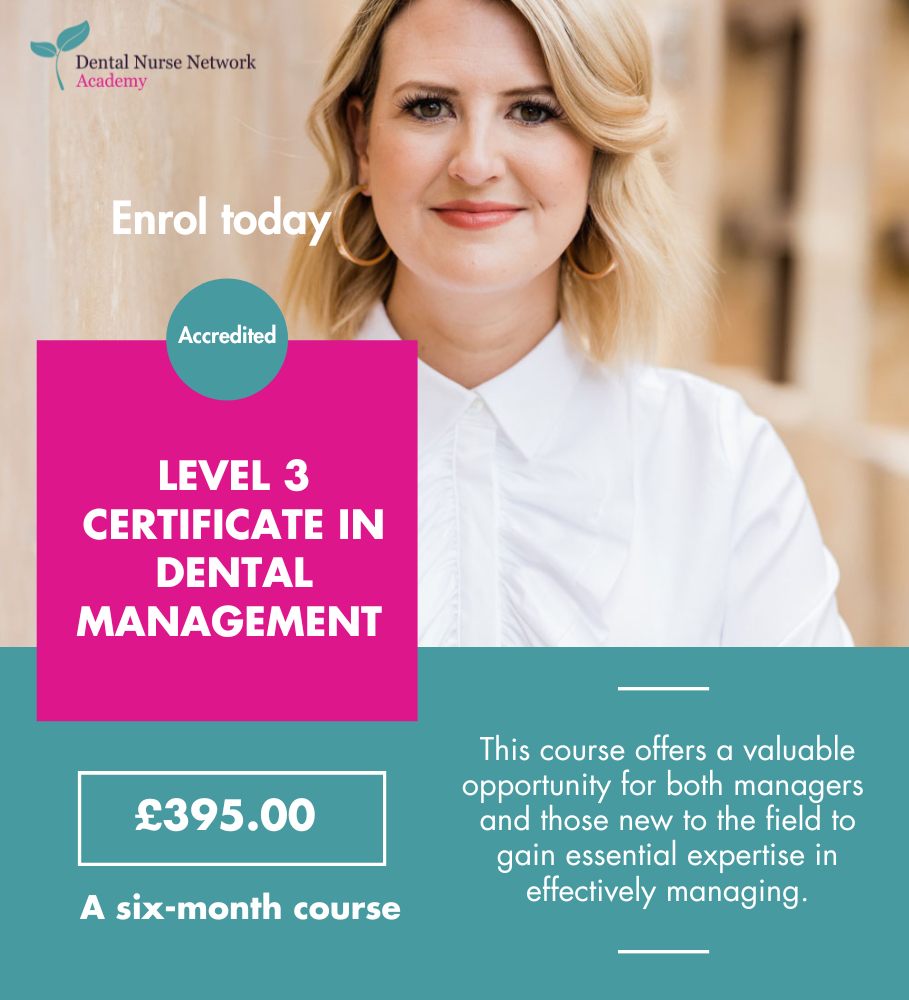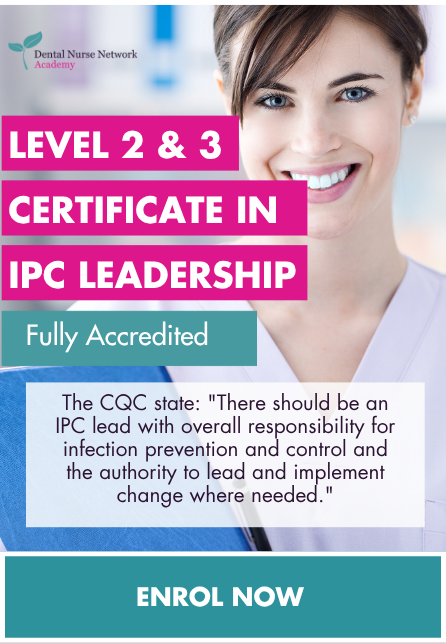 With dental practices re-openning, there is likely to be a huge backlog of patients who are going to have their dental appointments delayed and rescheduled over the coming weeks and months. It is now more important than ever to keep the public and our patients informed on how to maintain good oral hygiene.
With dental practices re-openning, there is likely to be a huge backlog of patients who are going to have their dental appointments delayed and rescheduled over the coming weeks and months. It is now more important than ever to keep the public and our patients informed on how to maintain good oral hygiene.
Children
The biggest oral health concern in children is dental caries. Caries in young children can cause pain, difficulty sleeping, difficulty concentrating at school and time off to attend dental appointments, damage to the permanent teeth, and malocclusion. Whilst there have been improvements over recent years with the introduction of fluoride and a greater focus in dental practices on prevention, the rate of dental caries in young children remains too high in the UK. Dental caries is a preventable condition, and oral health advice on toothbrushing, diet and fluoride can have a substantial impact.
Feeding and diet advice
Babies and infants – Breastfeeding is considered the best form of nutrition for babies where possible up to the age of six months. Bottle-feeding may take place in addition to this or instead of breastfeeding. From when a baby is six months of age onwards, parents should be encouraged to start introducing open-top cups gradually with an aim to phase out the use of bottles by the time the baby is twelve months old. Drinking from an open-top cup helps the liquid to bypass the teeth quickly. It also helps babies to develop muscles in their face and encourages speech development. The same principles apply to the use of dummies; they should be discouraged from six months of age with an aim to remove them by the time a baby is twelve months old. Dummies should never be dipped in sugary substances or medicines, as this can contribute to dental caries. Sugar-free medicine should also be used as much as possible.
Diet – To prevent dental caries, the frequency and amount of sugary foods and drinks should be reduced and kept to mealtimes where possible. The frequency of sugar consumption is far more damaging to the teeth than the amount consumed, so snacking or ‘grazing’ should be minimised. Healthy snacks such as carrot sticks, celery, houmous and pitta bread can be advised as alternatives. In cases where snacking cannot be avoided, it is helpful to recommend something neutralising immediately afterwards such as water, low-fat cheese or milk.
Fresh fruit is an important part of a healthy diet. Fruit contains naturally occurring sugars which do not contribute to dental caries as they are intrinsic sugars. However, it is important to remember that once fruit has been dried or turned into a juice or smoothie, this sugar becomes extrinsic and can contribute to caries. Dried fruit especially has a very sticky consistency which is perfect for sticking in the pits and fissures of the teeth. Fruit juice and smoothies bought from shops often have added sugar on top of the naturally occurring sugar.
It is useful to provide patients with a diet sheet to find out what they are eating and when. If you are providing a diet sheet, it is best to have It completed over a three-day period, with one of these days being a weekend. This is because often our eating habits change on the weekend and we allow a few more treats. When discussing a diet sheet with patients or parents/carers, try to identify healthy foods where possible. This will make it easier for patients to hear which foods could be swapped for healthier alternatives or moved to mealtimes.
Toothbrushing
Toothbrushing can start as soon as teeth begin to erupt and should be supervised until a child is approximately eight years old. Often a young child will need some adult assistance before they can brush their teeth completely on their own. A small-headed soft-medium textured brush would be most appropriate. Electric toothbrushes are available for children, with some even being aimed at toddlers. Toothbrushing should take place last thing at night and one other time in the day. Night-time is the most important time to brush, as our saliva levels drop during the night, which can put us at an increased risk of caries if there is plaque biofilm left on the teeth.
Fluoride
Fluoride is a naturally occurring mineral with proven benefits for reducing dental caries, and it can even arrest existing carious lesions when applied topically. Fluoride levels are measured in ppm (parts per million), and it is important to know the correct levels of fluoride for children: for children aged zero to six, the toothpaste should contain no less than 1000ppm of fluoride. If a child is between the ages of zero and three, then only a smear of toothpaste is needed on the toothbrush. For children between the ages of three and six, a pea-sized amount can be used, and it is also important that they are encouraged to spit the toothpaste out but not to rinse the residue away afterwards; this maintains the fluoride concentration on the teeth. If a child is at high risk of caries, a dentist may recommend adult toothpaste with 1350-1500ppm fluoride, alongside fluoride varnish application twice a year. For children aged seven and above, a toothpaste with 1350-1500ppm fluoride (an adult toothpaste) is the most suitable.
Dental visits
Children can begin having dental check examinations from the age of one. This is part of a campaign by the British Society of Paediatric Dentistry to get children used to the dental setting and reduce the number of children requiring multiple extractions under general anaesthetic in hospitals. The younger a child is when they begin visiting the dental setting, the less likely they are to suffer with dental problems and become anxious of the environment. The first examination is likely to be a very quick opportunity to look inside the mouth and check the development of the teeth, but it is a valuable experience nonetheless.
Providing oral health messages to children
Often the biggest challenge with children is motivating them to brush their teeth twice daily. Disclosing tablets are a great visual way to show children which areas they need to brush better by highlighting plaque with a bright colour. It is better for them to be used after toothbrushing to show which areas need to be focused on more when brushing. There are also lots of brushing apps available to keep children engaged for the full two minutes and make brushing fun. Not all parents will be keen to have electronics in the bathroom, but it is a great option for anyone struggling to engage a child in toothbrushing. Sand timers are another great visual tool to show children just how long two minutes is – they come in bright colours and are available online.
Written by Melanie Pomphrett MSc, RDH, PTLLS



